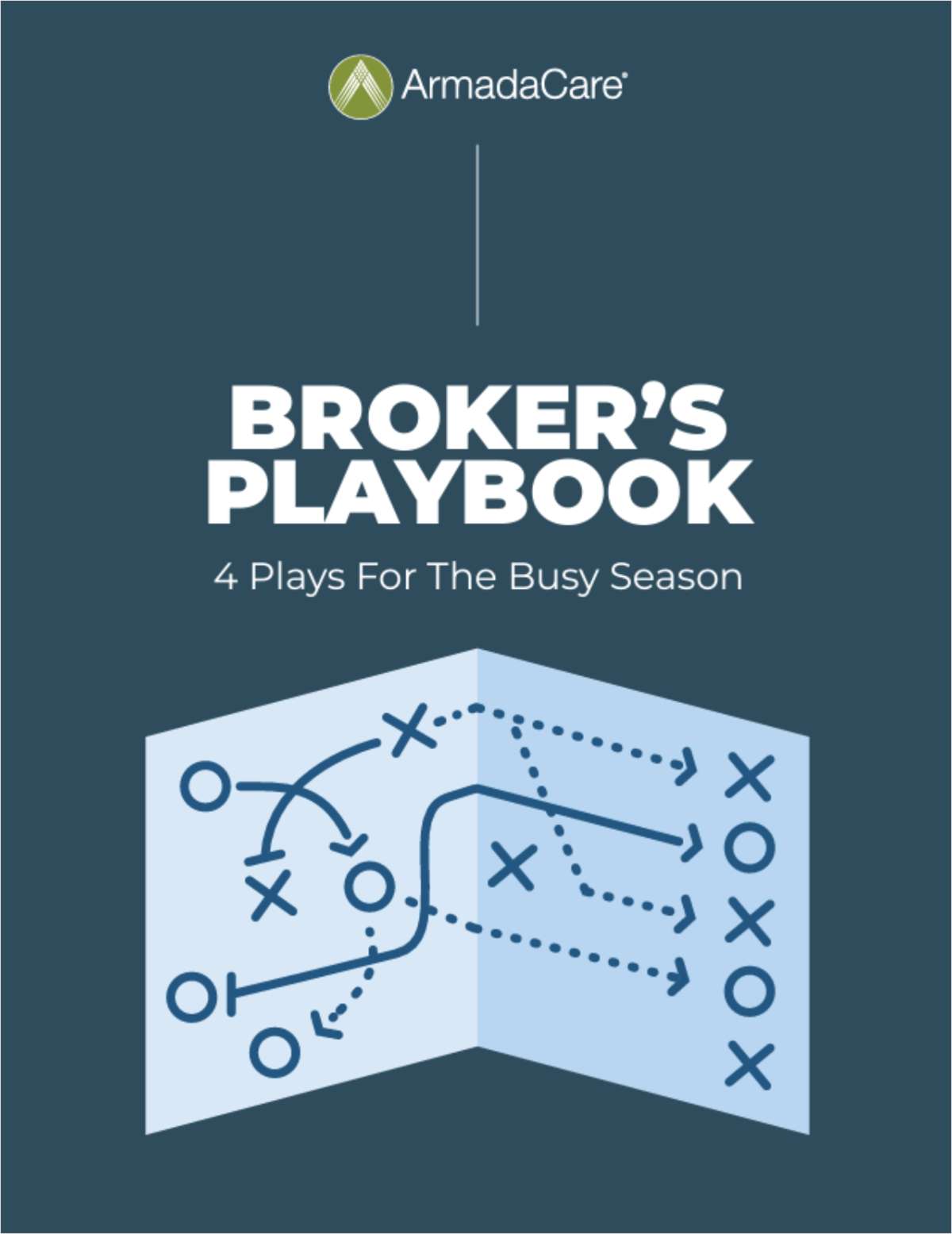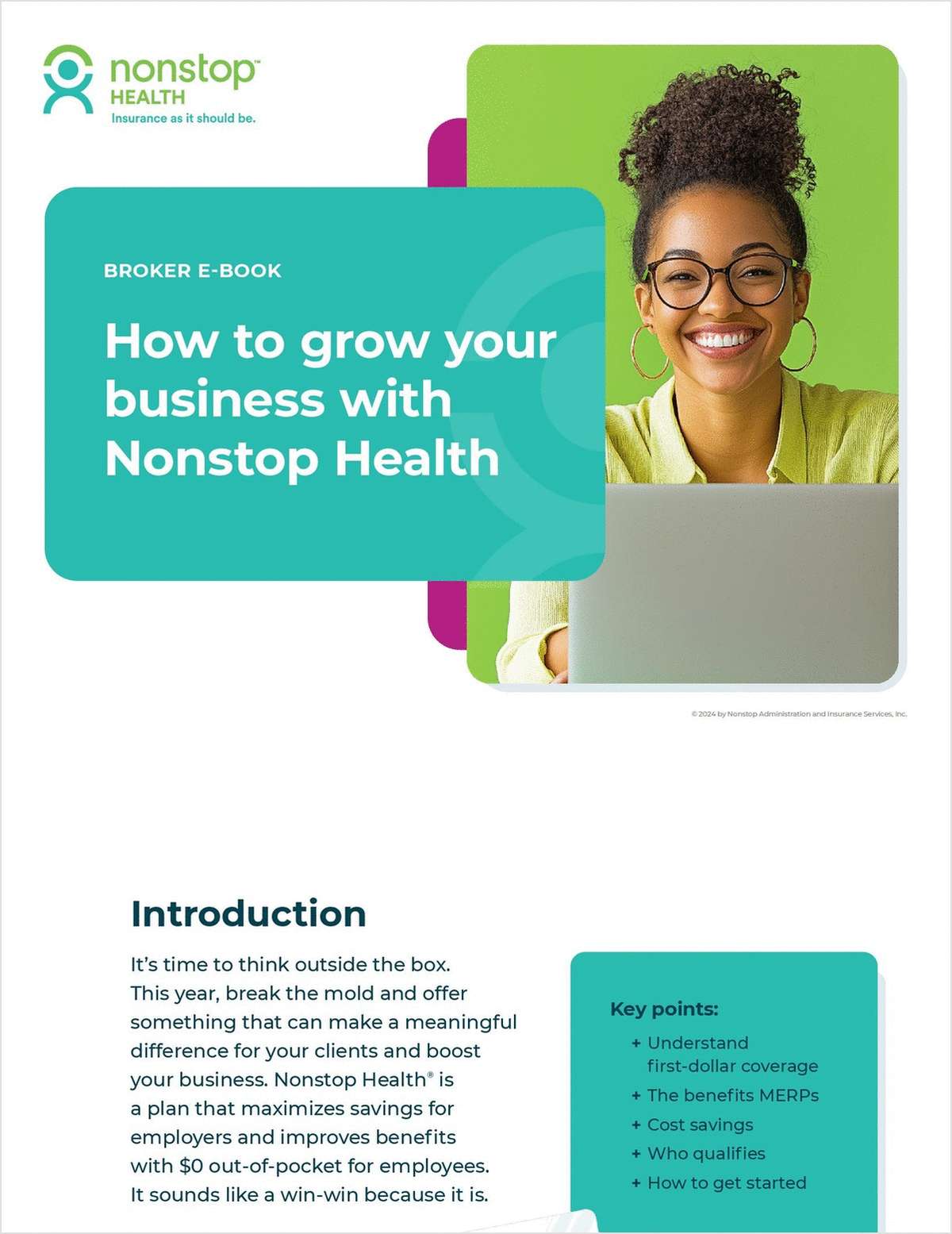
The cost of providing health care to employees and their families continues to rise. In 2024, predictions for health care cost inflation are around 5% and 8%. A recent Mercer study revealed that large employers largely avoided shifting additional costs to employees through higher deductibles, copays or out-of-pocket maximums in 2023. So, what other levers do HR leaders, under constant pressure to do more with less, have to pull to help manage health care costs that are rising faster than employee wages?
Benefits administration partners can enable the delivery of solutions to employees that positively impact health care expenses. Evolving beyond enrollment, benefits administration providers have invested in solutions that drive engagement in tools that optimize usage of benefit programs throughout the year. By leveraging scalable data models, advanced levels of system interoperability and emerging technologies, vendors can provide users with highly personalized, engaging experiences that drive meaningfully improved health and financial outcomes.
There are four ways that leading benefits administration firms can unlock strategies that can help lower health care cost trends and improve outcomes for employees and their families.
- Increasing engagement in programs that improve care and lower costs
Employers are investing in a wide array of care solutions that address specific health conditions and needs, from diabetes to musculoskeletal conditions to mental health. These programs have the ability to improve care while lowering costs and improving patient outcomes. However, to engage the right person with the right solution at the right time means that you need the right communications strategy. Many times, these effective programs are lost in the sea of benefits available to employees, limiting the program's ability to impact all who could benefit from the solution.
Continue Reading for Free
Register and gain access to:
- Breaking benefits news and analysis, on-site and via our newsletters and custom alerts
- Educational webcasts, white papers, and ebooks from industry thought leaders
- Critical converage of the property casualty insurance and financial advisory markets on our other ALM sites, PropertyCasualty360 and ThinkAdvisor
Already have an account? Sign In Now
© 2024 ALM Global, LLC, All Rights Reserved. Request academic re-use from www.copyright.com. All other uses, submit a request to [email protected]. For more information visit Asset & Logo Licensing.








